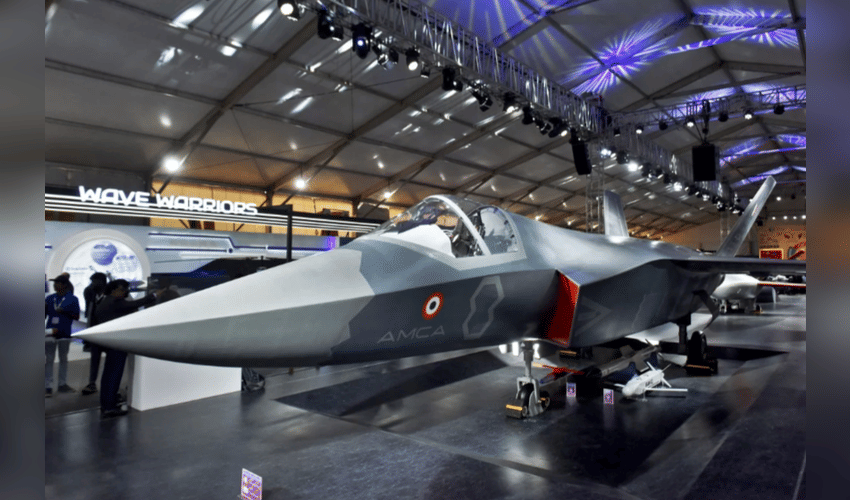Military
AMCA Fighter in India: Stealth Challenges and Expected Readiness

India's Advanced Medium Combat Aircraft (AMCA) represents an ambitious leap for the nation into the realm of fifth-generation stealth fighters, marking a significant step toward indigenous cutting-edge combat aviation. Developed by the Aeronautical Development Agency (ADA) under the Ministry of Defence, the AMCA is designed as a twin-engine, all-weather multirole stealth fighter intended to perform a range of missions, from air superiority to ground attack and electronic warfare. The Indian Air Force envisions the AMCA as the future backbone of its fleet, eventually replacing older fighters like the Sukhoi Su-30MKI.
The program has experienced an extended development timeline, a common challenge given the complexity of creating a fifth-generation stealth platform. Initial design phases have concluded, and approval for a ₹15,000 crore (approximately $1.8 billion) budget was secured from the Cabinet Committee on Security in 2024. This funding supports building five prototypes over about a decade, with the first prototype rollout expected between late 2026 and early 2027, and the maiden flight planned around 2028. Certification and series production are targeted for the mid-2030s, with operational induction anticipated by 2034-2035.
A critical factor contributing to the development timeline is the stealth technology challenge. The AMCA needs advanced signature reduction features, such as internal weapons bays to maintain radar evasion, supercruise capability (sustained supersonic flight without afterburners), and integration of new Indian-made avionics and weapons. Moreover, engine co-development with partners like Safran is crucial to powering the aircraft to speeds approaching Mach 2, with service ceilings exceeding 20,000 meters.
Beyond technology, the AMCA project signals a transformation in India's defense manufacturing landscape. Alongside Hindustan Aeronautics Limited (HAL), private Indian aerospace firms including Tata, L&T, Adani, and Mahindra are engaging in prototype development and production efforts. This involvement nurtures a broader industrial ecosystem, creating numerous skilled jobs and fostering future export possibilities.
While the program is a major stride in self-reliance, experts caution the lengthy development and testing cycle inherent to fifth-generation fighters worldwide. Post-first flight, extensive flight trials, weapon system integration tests, and iterative refinements will extend the timeline before full operational readiness is achieved. The schedules thus factor in several years beyond the prototype flights to rigorously certify and prepare the aircraft for frontline service.



